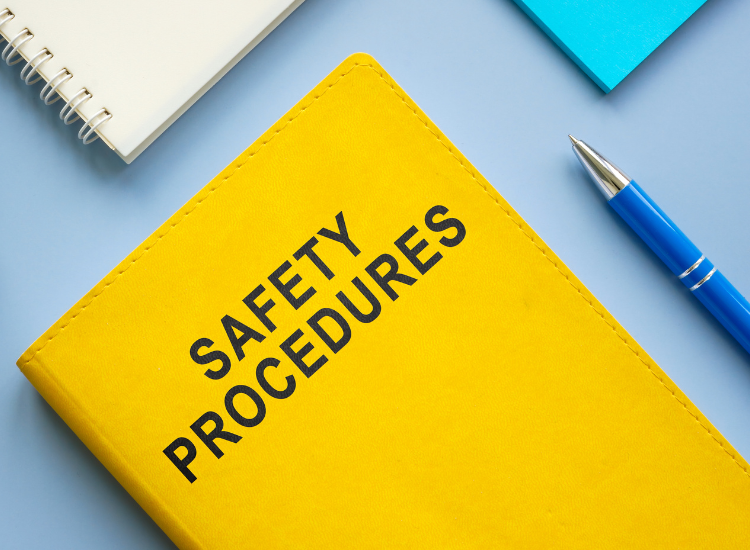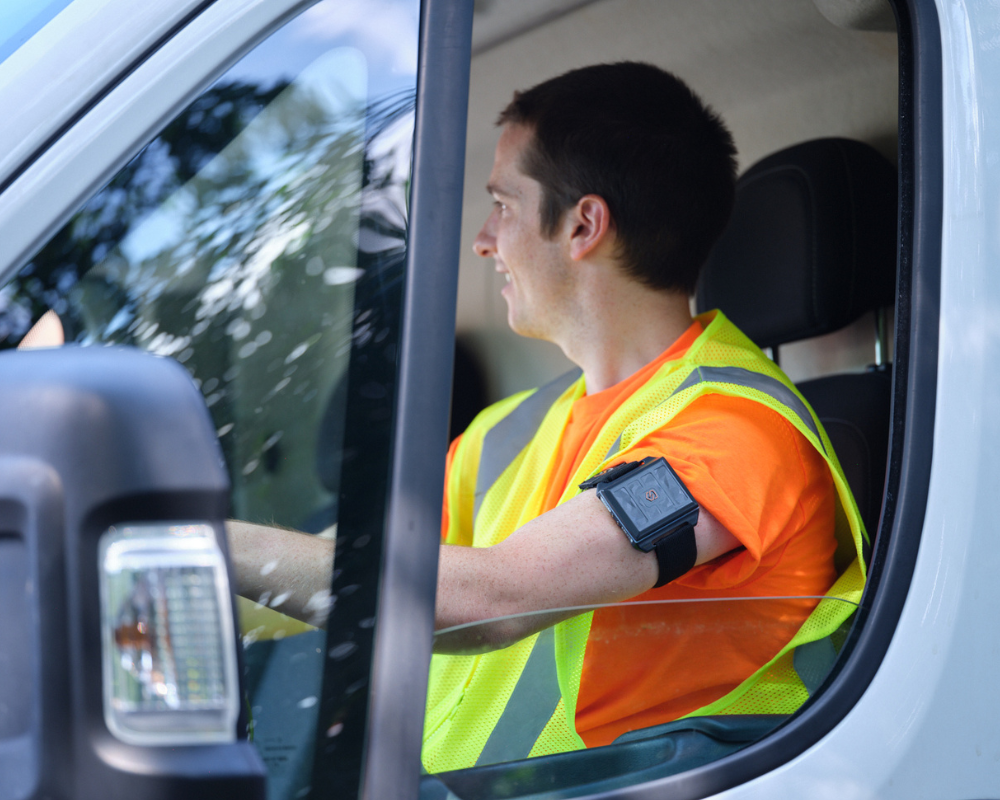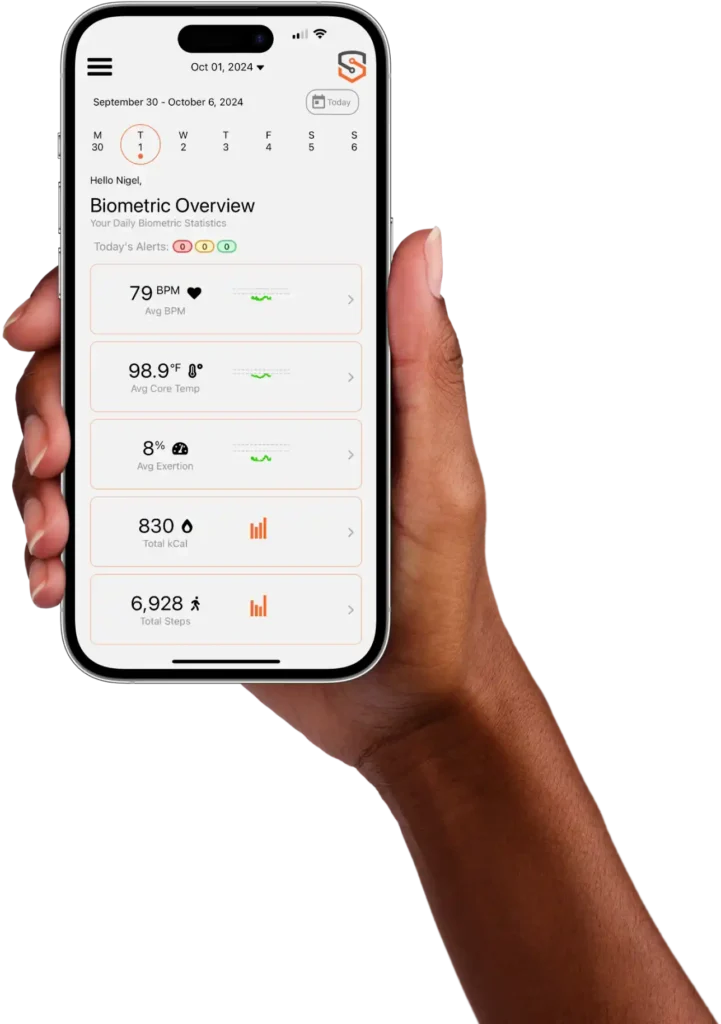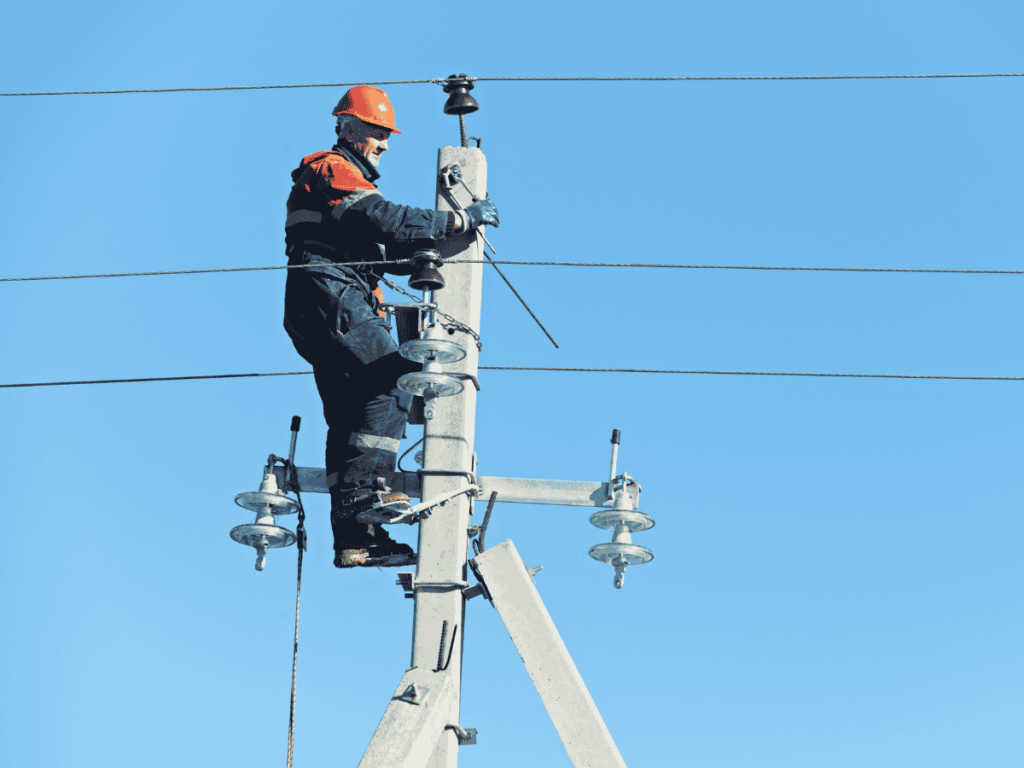Every day, millions of workers perform their jobs alone. Whether it’s a utility technician repairing power lines, a delivery driver pushing through extreme heat or a construction worker on a remote site, these workers face unique hazards. If an emergency occurs, there’s no one nearby to help.
So, how do you protect workers when no one is there to watch their back? This article breaks down the hidden dangers of lone work and the essential strategies to reduce risk, from real-time monitoring to proactive safety measures that can save lives.
The Cost of Delayed Emergency Response

When a lone worker has an emergency, every second counts. Medical experts refer to the first 60 minutes after a serious injury as the “golden hour.” The critical window where fast interventions mean the difference between survival and tragedy.
But for lone workers, this hour is often lost. A severe fall, heat stroke or sudden injury may go unnoticed for too long, turning a treatable situation into a life-threatening one. Even with routine check-ins, delays in response can be dangerous.
Imagine a utility technician repairing power lines in extreme heat. If they begin showing signs of heat stress or suffer a sudden injury, there may be no one nearby to intervene. Without real-time monitoring or automatic alerts, supervisors may not realize something is wrong until it’s too late.
In high-risk industries, these delays can be fatal. The good news? Many of these tragedies can be prevented with the right strategies. From better planning to real-time monitoring, there are proven ways to protect lone workers before an emergency unfolds.
How to Keep Lone Workers Safe

A strong safety plan isn’t just about responding to emergencies, it’s about preventing them. By taking a proactive approach, companies can reduce risks and ensure workers stay safe, no matter where they are.
1. Proactive Planning
A strong lone worker safety plan starts with risk assessments and emergency protocols. Organizations must:
- Identify job-specific hazards.
- Develop clear procedures for emergency response.
- Train workers to recognize and respond to early warning signs of danger.
2. Frequent Check-Ins
Regular communication can help bridge the gap of working alone. Methods include:
- Scheduled status updates via phone or radio.
- Supervisor check-ins at key points in a shift.
- Automated alerts if a worker fails to check in.
3. Environmental Monitoring
Dangerous conditions can escalate quickly, but advanced sensors help track:
- Temperature and humidity levels to prevent heat stress.
- Air quality to detect toxic gases or low oxygen environments.
- Location data for real-time worker tracking in hazardous areas.
4. Real-Time Alerts and Physiological Monitoring
Technology has revolutionized lone worker safety. Wearable devices can track:
- Heart rate, body temperature and exertion levels.
- Early signs of heat stress, triggering automatic alerts before a worker collapses.
- Location and movement data, ensuring quick intervention in case of emergency.
- Falls in real-time, automatically detecting sudden impacts and alerting supervisors.
Supervisors can receive instant alerts when a worker shows signs of distress, allowing for rapid response and reducing the risk of severe injury. Cloud-based platforms help teams coordinate responses, ensuring no worker is left unprotected.
5. Safety Training and Awareness
Workers should be trained to recognize hazards and respond effectively. Key training topics include:
- Recognizing the early symptoms of heat stress and dehydration.
- Best practices for handling hazardous environments.
- The importance of wearing and maintaining safety devices.
Even the best safety plans need the right tools to be effective. With advancements in technology, companies can now take worker protection to the next level with real-time data, automated alerts and wearable safety solutions.
The Role of Technology in Lone Worker Safety
Today’s safety solutions go beyond manual check-ins. Traditional methods, such as scheduled radio calls or phone-based status updates, leave too much room for error.

Physiological Monitoring
Wearable technology has transformed how companies protect lone workers, especially in high-risk environments like construction, manufacturing and utilities. Devices that monitor physiological data can detect early signs of overexertion, dehydration and heat stress long before a worker realizes something is wrong.
For example, a utility technician working in extreme heat may show an elevated heart rate and rising core body temperature. Without intervention, they could quickly reach dangerous levels of heat exhaustion. A physiological monitoring device can track these changes in real-time, sending alerts to both the worker and their supervisor, prompting immediate action before the situation escalates.
These wearables not only prevent sudden injury but also help companies refine safety protocols. By analyzing data trends over time, safety managers can adjust work/rest schedules, identify high-risk tasks and implement stronger heat mitigation strategies.
Automated Alerts and Incident Response

Relying on a worker to call for help in an emergency isn’t always realistic. A sudden fall, equipment failure or sudden injury can leave them unable to reach their phone or radio. Automated alert systems ensure no worker is left unnoticed when something goes wrong.
Modern lone worker safety systems can:
- Detect a lack of movement, signaling a possible fall or loss of consciousness.
- Trigger alerts when physiological data reaches critical thresholds.
- Automatically notify supervisors and emergency responders without the worker needing to take action.
Consider an industrial worker handling hazardous materials. If they are exposed to toxic fumes and lose consciousness, an automated system can detect the lack of movement and send an immediate distress signal, drastically improving response time. These alerts can be sent via SMS, email or directly through integrated safety platforms, ensuring rapid intervention.
Lone work may always come with risks, but those risks don’t have to lead to preventable injuries or fatalities. With the right combination of planning, training and technology, companies can create a safer environment for their employees, no matter where they are.
Prioritizing Lone Worker Safety
Lone work is a reality in many industries, but it should never come at the cost of worker safety. With the right combination of planning, real-time monitoring and proactive intervention, companies can prevent emergencies before they happen and ensure workers get help when they need it most.
It’s time to take action, invest in smarter safety solutions and make sure no worker is left unprotected. Safety starts now.

